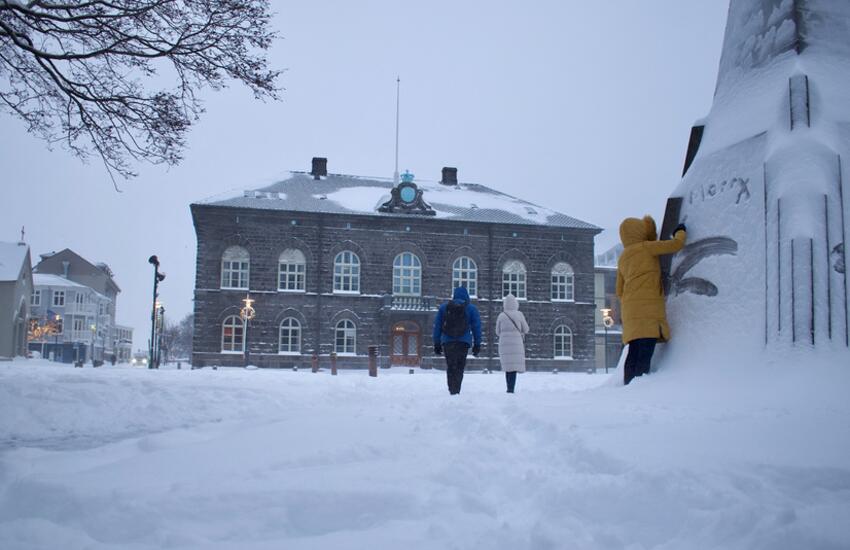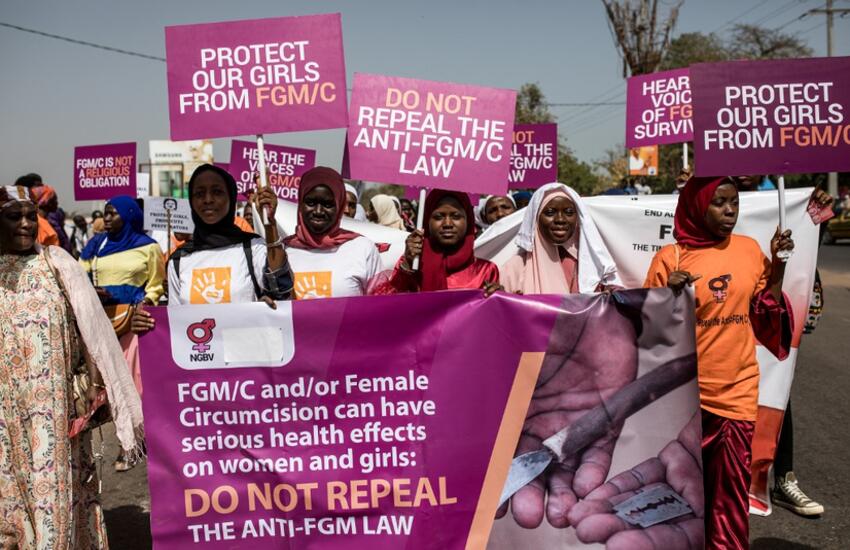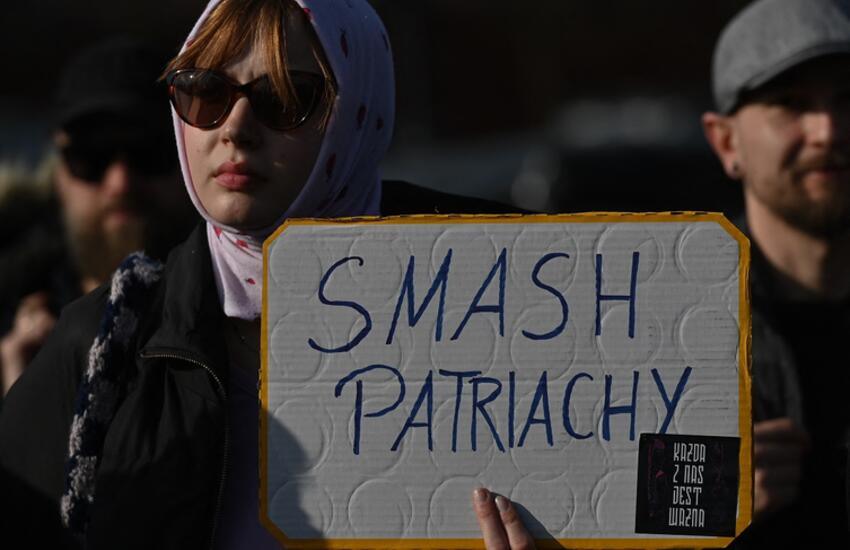Global highlights
The year 2017 saw some positive developments in women’s participation in elections, according to the Women in Parliament in 2017: The year in review, released by the Inter-Parliamentary Union (IPU) ahead of International Women’s Day. However, in global terms, the number of women in national parliaments has only increased by 0.1 percentage point from 2016, from 23.3% to 23.4%.
A record number of women contested elections held in 2017, and more seats were won by women than in previous years: 27.1% compared with 22.3% in 2016. This was largely due to measures such as electoral quotas for women. In the 20 countries where the quotas were used, women won over 30% of the seats, while only 15.4% of the seats were won by women in the 16 countries where quotas were not used. Countries that elected the highest percentages of women in 2017 were Senegal (41.8%) and Norway (41.4%).
Europe, which made the greatest gains in the number of women MPs, also recorded the greatest losses. In France, for example, women MPs now hold 38.8% of seats in the National Assembly, up from 26.9%—an increase of 12 percentage points. On the other hand, Iceland and Liechtenstein dropped by at least 8 percentage points.
If women are to play a bigger role in politics, parliament should be a place where they are able to work without fear of being harassed. Unfortunately, this is not always the case. Women MPs have complained of being sexually harassed and have felt unable to could speak out against it (see IPU’s Issues Brief, Sexism, harassment and violence against women parliamentarians). The #MeToo movement, which swept through the world in 2017, is changing this culture by raising awareness of sexual misconduct and sexism in all areas of work, not just politics. In 2017, more women MPs came forward, which led several parliaments—such as Canada, France, Italy, Sweden, Switzerland, the United Kingdom and the European Parliament—to examine their own working environment.
“It worries me that progress made in women’s political involvement is slowing. With the exception of some countries that have made a headway because of political will, this has been, overall, a disappointing year,” said IPU Secretary General Martin Chungong. “It is vital that women are part of decision-making institutions such as parliament. It is fundamental, not just for gender equality but also for democracy and the legitimacy of the process thereof.”
Regional highlights
The Americas
Women’s parliamentary representation in the Americas rose by 0.3 percentage points to 28.4%. The trailblazers were Argentina (38.1%), Chile (22.6%) and Ecuador (38%), countries that devised progressive legislation to promote women’s political leadership, resulting in increased female representation. In the Bahamas, the number of women appointed to the upper chamber nearly doubled from four to seven, and both the President and Vice-President of the Senate are women.
In contrast, elections in Honduras took place against a backdrop of violence, including systemic violence against women. In spite of the fact that Honduras had legislated gender quotas in 2009, the number of women MPs dropped by 4.7 points to 21.1%.
Latin America also recorded setbacks among the top echelons of power: between 2013 and 2015, the region boasted the largest number of female Heads of State. However, by the end of 2017, there were none.
Africa and the Arab States
There was not much change in these regions, as fewer elections were held than in previous years. In Kenya, numbers of women at all levels of government reached historic highs in 2017 despite political instability. Women now hold almost 22% of the seats in the lower house and just over 30% in the upper house. In a first, three women were elected governors, and two of the women elected at the parliamentary level were under 27 years old. In spite of these gains, women candidates reported numerous incidences and threats of violence.
Algeria was the only country in the Arab region to hold elections for its legislature in 2017. Algeria is a pioneer in the region: it has transformed its political system through successive electoral reforms. These include to the institution of a multi-party system in 1989, and the introduction of a gender quota in 2012. The gender quota resulted in an improvement in the percentage of women MPs to almost 32%, 6.2 percentage point increase. In the 2017 elections, however, this went down to 25.8%.
Asia and the Pacific
2017 elections across the Asia-Pacific region continued to push the boundaries of what constitutes “appropriate” women’s roles in politics. Gender norms continue to work against women’s entry into politics, as societies lay stronger emphasis on women’s role in the unpaid, domestic sphere. While Asian parliaments experienced a slight decrease in the number of women elected (down 0.7 points to 18.6%), there was progress in the Pacific region, up by 0.5 points to 17.9%.
In Tonga, reforms passed in 2010 increased the number of women in the Legislative Assembly from nine to 17 in 2017. This gain is remarkable given the conventional ideas about gender roles in the country that normalise men’s role in politics and women’s place in the home.
Timor-Leste and Papua New Guinea witnessed striking setbacks. Although women make up 32% of the national parliament in Timor-Leste, that figure represents a drop of 6 percentage points from 38.5%. In Papua New Guinea, not a single woman was elected in spite of the fact that a record number of women candidates (167) contested the elections.
New Zealand, where 37-year-old Jacinda Ardern was elected Prime Minister, also saw the highest proportion of women MPs in the country’s history: they made up a total of just under 39%. Ms. Ardern's pregnancy gave rise to a national debate on women’s ability to balance political leadership with motherhood.
The most prominent increase in the region was in France, where women now make up 38.8% of the National Assembly, catapulting it from 64th to 17th place in the IPU’s global ranking of women’s parliamentary representation. President Emmanuel Macron’s Republic on the Move party not only fielded gender-balanced electoral lists but also promoted diversity by nominating half the candidates from civil society. Two countries, Albania and Armenia, with historically low numbers of women in elected office, also made significant progress. In Albania, the proportion of women jumped from 17.9% to 27.9%, while Armenia saw an increase of 6.5 points from 2012.
In the United Kingdom, a record-breaking 208 women were elected to the House of Commons (32%) and women lead three political parties (Conservatives, Scottish National Party and the Democratic Union Party). Kazakhstan, Slovenia and Bulgaria saw increases of 4.3, 2.5 and 3.8 points respectively. However, the gains were offset by some significant losses: Iceland recorded a decrease of 9.5 points to 36.5% representation; women’s representation in Germany also declined by 5.7 points to 30.7%; and in Liechtenstein, the proportion of women MPs fell by 8 points to 12%.
The Inter-Parliamentary Union (IPU) is the global organization of national parliaments. It works to safeguard peace and drives positive democratic change through political dialogue and concrete action. |
For further information, please contact:
Inter-Parliamentary Union
Tel.: + 33 6 1494 2465
e-mail: [email protected]











